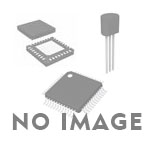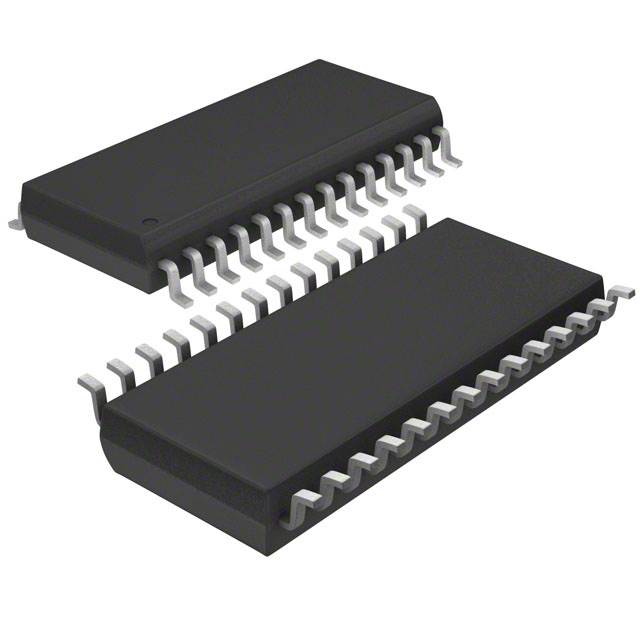- Online chat

TCA8418RTWR
The TCA8418RTWR is a high-performance keyboard and LED matrix controller from Texas Instruments, designed to simplify the integration of matrix keyboards and LED indicators into embedded systems. This device features an 8x8 matrix scanning capability for keyboards, supporting up to 64 keys, while also managing 8 open-drain LED drivers for status indication. Communicating via I2C interface (up to 400 kHz), it offloads key-scanning tasks from the host microcontroller, reducing system complexity. Housed in a 24-pin TSSOP package, it operates from a supply voltage of 1.65V to 5.5V, making it suitable for battery-powered and low-voltage applications.
Key Features
The TCA8418RTWR offers automatic key debouncing and rollover detection to ensure accurate input, while its interrupt-driven architecture minimizes host processor intervention. It supports programmable key repeat rates and adjustable scan rates for power optimization. The device includes low-power modes (down to 1 µA in shutdown) to extend battery life in portable systems. With a wide operating temperature range (-40°C to +85°C), it withstands harsh industrial environments. Its LED drivers provide independent control of brightness and blinking patterns, and the controller includes fault detection for open/shorted keys or LEDs.
Applications
Ideal for industrial HMI (Human-Machine Interface) panels, consumer electronics, and medical devices, the TCA8418RTWR is widely used in applications requiring compact keyboard integration, such as IoT gateways, POS terminals, and handheld instruments. It is also employed in automotive infotainment systems, security systems, and building automation controllers where robust key scanning and LED management are critical. Its low power consumption and small footprint make it suitable for space-constrained designs.
Summary
The TCA8418RTWR combines comprehensive keyboard and LED control with low power consumption and I2C interface flexibility, making it a cost-effective solution for embedded systems needing efficient input/output management. Its robust features, including noise immunity and wide voltage compatibility, cater to diverse applications across industrial, consumer, and automotive sectors. This device is a key component for engineers aiming to simplify the design of user interfaces while maintaining reliability and energy efficiency.





